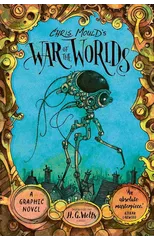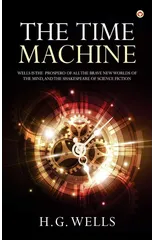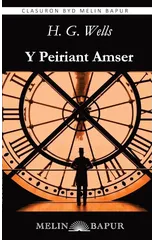It sounds plausible enough tonight, but wait until tomorrow. Wait for the common sense of the morning. Born out of H.G. Wells' literary vision of the future, The Time Machine (1895) is an extraordinary work of early science fiction. A Victorian scientist builds a time machine and lands in the year 802,701 AD. Initially, he is transported to the pastoral idyll of an unknown land which is delightfully peaceful. Soon, however, the paradisiacal façade shatters and he discovers the reality of two distinct species: Eloi are useless, childlike adults surviving on a fruit based diet, and Morlocks who are barbarians thriving underground. The Time Traveller saves one of the Eloi from drowning, and navigates through tunnels to retrieve his time machine that has gone missing. Before returning to his era, The Time Traveller also visits a land where a bloated red sun stares motionless in the sky and the only sign of life is a black blob with tentacles. Once again, the scientist prepares to leave on another time travel, but this time will he return?
H.G. Wells
H.G. Wells was a prolific English writer best known for his science fiction novels. His most notable works include "The War of the Worlds," "The Time Machine," and "The Invisible Man." Wells' writing style was characterized by his imaginative storytelling, social commentary, and exploration of scientific concepts. He is often credited with popularizing the science fiction genre and influencing future writers in the field. "The War of the Worlds" remains his most famous work, depicting a Martian invasion of Earth and exploring themes of imperialism and the resilience of humanity. Wells' contributions to literature have had a lasting impact on the genre of science fiction and continue to be celebrated to this day.





